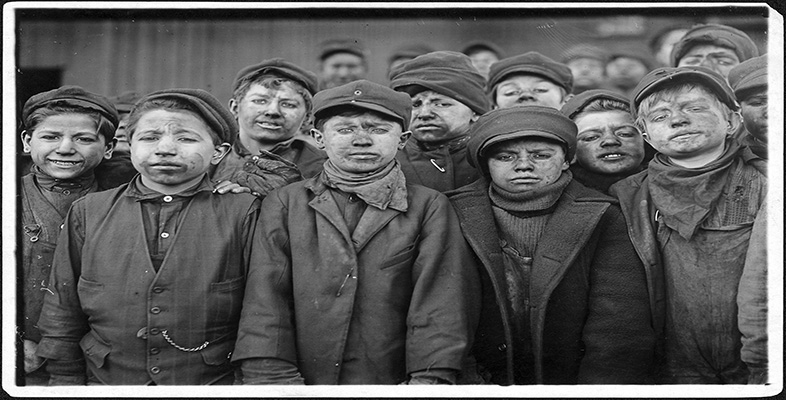2 Progress and the economy
2.1 The cotton industry
Owen personified one of the key Enlightenment notions of belief in progress. Economic progress, as anticipated by Adam Smith's Wealth of Nations (1776), arose partly from industrialisation. Britain was the first country to experience an ‘Industrial Revolution’, which was at its most dynamic during our period. It gradually transformed production from small-scale, craft-based activity to mass manufacture. While many economic activities were subsequently affected, it was in the textile industry, notably cotton spinning, that the ‘factory system’ was first shaped. Cotton fabric was then in great demand because of its lightness, the fact that it could be printed with fashionable patterns and it was easily washed. The potential for its mass manufacture was unlocked by a series of innovations in spinning machinery, notably the water-frame and the mule, driven by waterpower or steam-engines in specially designed factories.
Owen, first as a spinning machinery builder and later as a cotton spinner in Manchester, in Cheshire and at New Lanark, was familiar with this equipment on a daily basis. Indeed, his technical expertise undoubtedly contributed to his success as a businessman, and possibly also gave him deeper insights into how a workforce could be deployed to improve efficiency and raise productivity on the factory floor.
A significant link to another part of this course lies in the fact that the raw material at the centre of this revolution was produced by slave labour in the plantations of the West Indies and more extensively in the southern American colonies, by then part of the United States. Most raw cotton was imported from source to the ports of Liverpool and Glasgow, cities with hinterlands where textile skills had long been established in either linen or fustian (a coarse cotton fabric) manufacture. Indeed, by the late 1780s, when Owen, still in his teens, migrated there, Manchester had become the commercial centre of the cotton industry in northern England, while Glasgow performed a similar function for the Scottish Lowlands. The Lowlands, like upland Lancashire and the West Riding of Yorkshire, had copious supplies of waterpower which could be harnessed as the prime mover of early industrialisation, notably on the river Clyde 25 miles south of Glasgow. It was there near the old town of Lanark that New Lanark was built (Donnachie and Hewitt, 1999, pp. 17–34).
